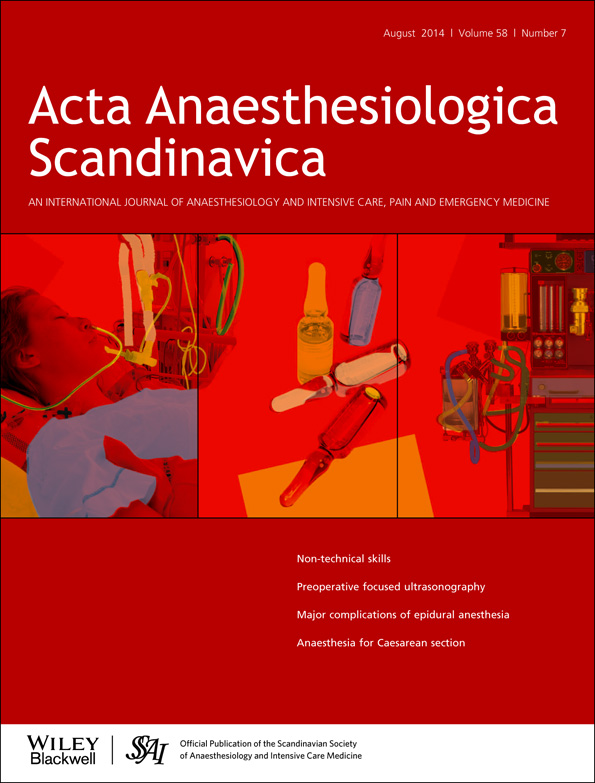Priapism following continuous thoracic epidural anaesthesia: emergency or a benign condition?
Abstract
Priapism is a rare complication of epidural anaesthesia, and the pathophysiology is poorly understood. In general, 95% of all priapism episodes is ischemic because of decreased penile blood flow, and therefore requires immediate treatment. A case is reported of a 45-year-old male patient in which a clear relation is demonstrated between continuous thoracic epidural analgesia and priapism after transabdominal nephrectomy. The level of epidural anaesthesia supports the theory that the erection is a consequence of increased penile blood flow, thus a relatively harmless condition. However, confirmation by serial cavernous blood gas analysis or colour duplex ultrasonography is mandatory. Until this hypothesis is confirmed, termination of epidural infusion is advised as a primary treatment.




